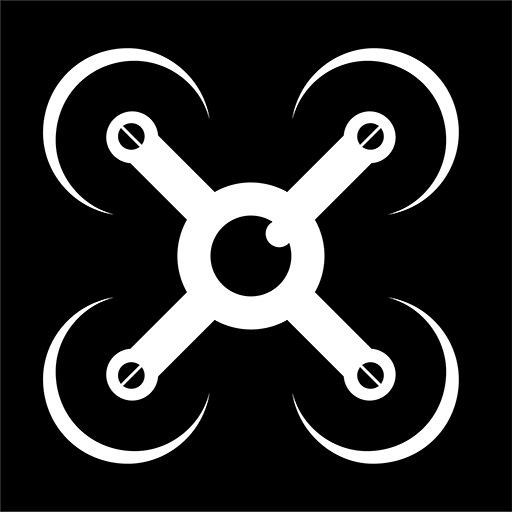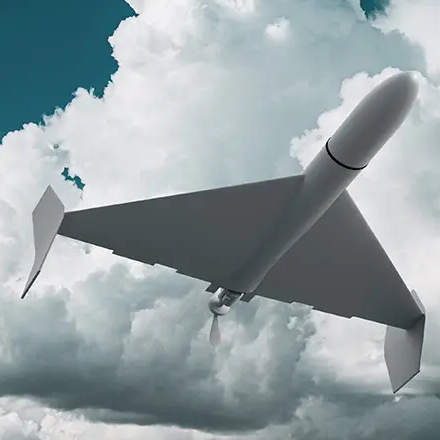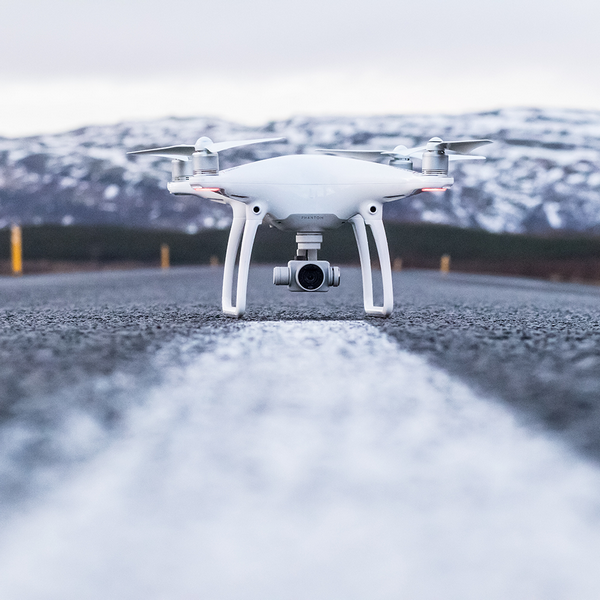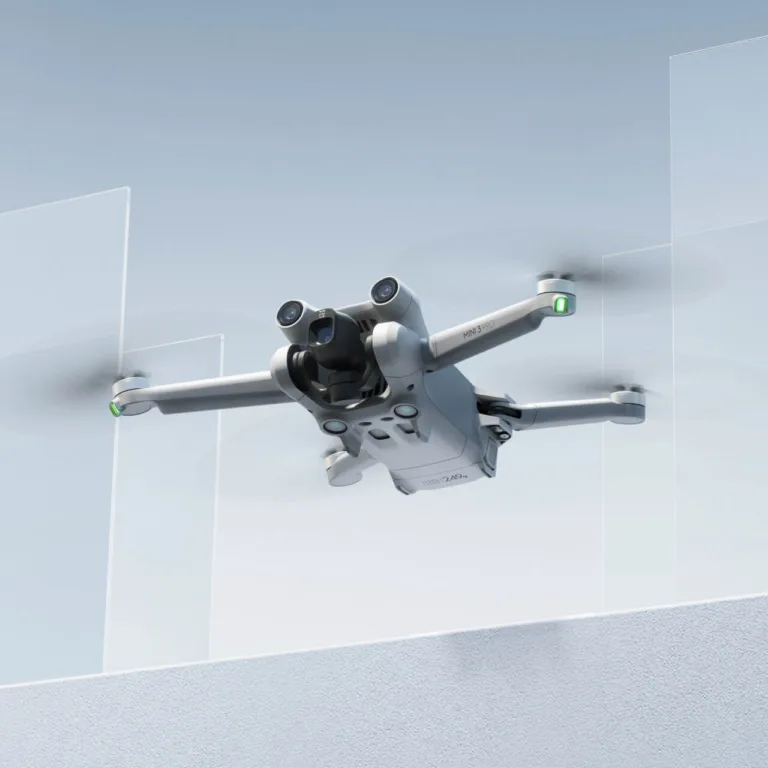Military Drones – Navigating the Future of Defense

In the ever-evolving world of modern military operations, military drones have transcended the realm of science fiction, becoming integral components of defense strategies. This blog post delves into the multifaceted role of Unmanned Aerial Vehicles (UAVs) in military applications, exploring their rise, current applications, challenges, and the future trends that will shape the future of defense.
The Rise of Unmanned Aerial Vehicles (UAVs)
Unmanned Aerial Vehicles, or drones, have revolutionized military operations, offering unparalleled versatility equipped with advanced sensors and capabilities. These technological marvels have proven to be game-changers, contributing significantly to reconnaissance, surveillance, and strategic strikes.
Enhancing Surveillance and Reconnaissance
Military drones play a pivotal role in modern warfare by providing real-time intelligence through aerial surveillance. Their ability to access hard-to-reach areas ensures that military forces have a tactical advantage in planning and executing missions. Equipped with high-resolution cameras and cutting-edge sensory technologies, drones enable precise and effective data gathering, enhancing the precision of military operations.
Moreover, military drones’ ability to operate stealthily enhances their effectiveness in gathering critical intelligence without alerting adversaries. This is particularly advantageous in situations where traditional reconnaissance methods might be compromised. The real-time data collected by drones empowers military leaders with up-to-the-minute information, allowing for rapid decision-making and adaptability on the battlefield.
Precision Strikes and Combat Support
Moving beyond reconnaissance, armed UAVs have become instrumental in executing precise strikes on enemy targets. This minimizes collateral damage and mitigates the risk to human lives, emphasizing the potential humanitarian impact of military drones’ technology. The integration of armed drones into military strategies underscores their role as force multipliers, offering enhanced combat support.
Military drones, equipped with advanced weaponry and guided by sophisticated targeting systems, can precisely navigate challenging terrains. This capability ensures the success of military operations and reduces the risk to friendly forces. The strategic use of armed drones contributes to a more efficient and calculated approach to conflict, transforming the dynamics of traditional warfare.
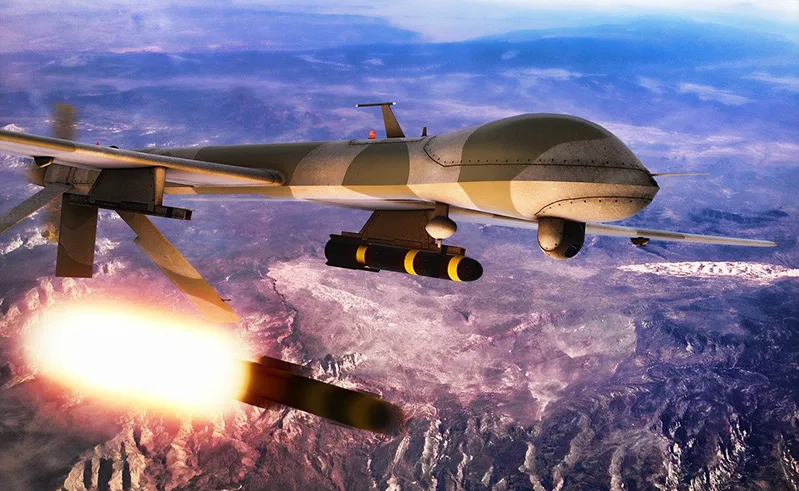
Military Drones – Challenges and Ethical Considerations
Despite their undeniable benefits, the deployment of military drones is not without ethical concerns. The remote nature of drone warfare raises questions about the ethics of combat and the psychological toll on operators who remotely pilot these machines. Striking a delicate balance between technological advancement and ethical considerations is a challenge that military leaders must navigate to ensure the responsible use of drone technology.
One ethical consideration centers around the potential for the dehumanization of warfare. The remote operation of military drones, sometimes continents away from the actual conflict zone, can create a detachment between the operator and the consequences of their actions. This raises ethical questions about the nature of war, the value of human life, and the psychological impact on those involved in military drones operations.
Furthermore, there is an ongoing debate about the transparency and accountability of military drones strikes. The lack of physical presence on the battlefield makes it challenging to assess the immediate aftermath of a strike, leading to questions about the accuracy of target identification and the potential for unintended civilian casualties. Military leaders must address these ethical concerns to maintain public trust and ensure the responsible use of drone technology.
Future Trends and Innovations
As we navigate the evolving landscape of military technology, several trends and innovations emerge on the horizon. Swarm drone technology, where multiple military drones operate collaboratively, promises to revolutionize military tactics, offering enhanced coordination and efficiency. This emerging concept allows for synchronized movements and the ability to perform complex tasks that would be challenging for individual drones.
Swarm drone technology brings new adaptability and resilience to military operations. The collaborative nature of swarms enables them to overcome challenges such as jamming and electronic countermeasures, making them a formidable force on the battlefield. The potential applications of swarm drone technology extend beyond surveillance and reconnaissance, opening up new possibilities for strategic maneuvers and large-scale operations.
Additionally, advancements in artificial intelligence (AI) are poised to elevate the autonomy of drones, enabling them to make split-second decisions based on complex data analysis. The integration of AI into drone systems enhances their ability to adapt to dynamic environments, respond to evolving threats, and operate with increased efficiency. This level of autonomy reduces the burden on human operators and enables drones to navigate complex scenarios independently.
The use of AI in drone technology raises important considerations regarding decision-making processes and accountability. As drones become more autonomous, the need for transparent and ethical algorithms becomes paramount. Ensuring that AI-driven drones adhere to ethical guidelines and international laws is crucial to prevent unintended consequences and maintain control over the evolving landscape of military technology.
Ensuring Ethical Responsibility
Drones in military operations represent a paradigm shift in defense strategies, offering unprecedented advantages. However, a nuanced understanding of the ethical implications is crucial. Continuous monitoring of technological advancements and proactive measures to address ethical concerns will be pivotal in ensuring responsible use of drone technology.
To address ethical considerations, military organizations must invest in comprehensive training programs for drone operators. These programs should focus not only on technical proficiency but also on the ethical dimensions of warfare. Emphasizing the importance of maintaining a human-centered approach, even in the era of advanced technology, can contribute to a more responsible and morally grounded use of drone capabilities.
Furthermore, international collaboration and the establishment of ethical frameworks are essential to guide the responsible development and deployment of drone technology. By fostering open dialogues and cooperation between nations, the global community can work towards standardized guidelines prioritizing ethical considerations in using military drones.
Conclusion
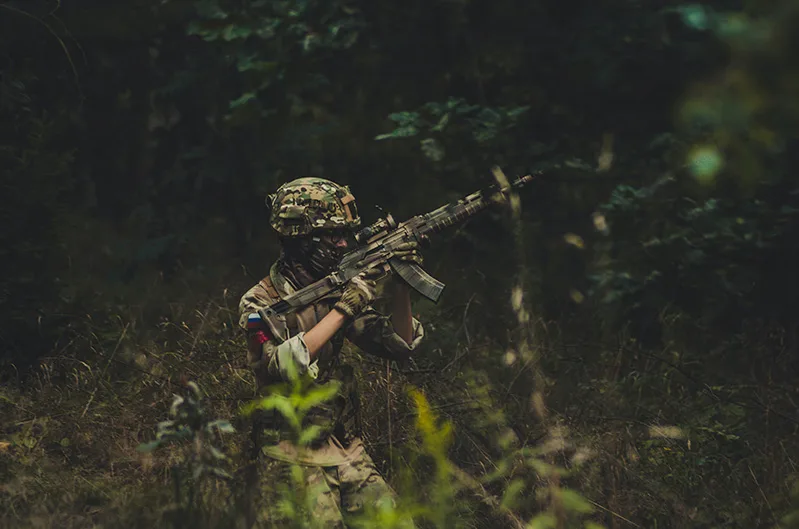
Standing at the cusp of a new era in military strategy, the integration of drones prompts nations to carefully navigate the fine line between innovation and ethical responsibility. The evolution of drone technology in military operations is an ongoing journey, with each advancement bringing new opportunities and challenges. As we embrace the future of defense, it is imperative to stay vigilant, ensuring that the benefits of drone technology are harnessed responsibly for the greater good of global security.
In conclusion, the rise of drones in military operations signifies a pivotal moment in the history of warfare. The transformative impact of UAVs extends beyond their technological capabilities, influencing the ethical considerations that shape the future of conflict. As we move forward, a comprehensive approach that combines technological innovation, ethical responsibility, and international collaboration will be essential in navigating the complex landscape of drone warfare. By embracing these principles, nations can harness the power of drones to enhance security while upholding the values of humanity in the face of evolving challenges.
